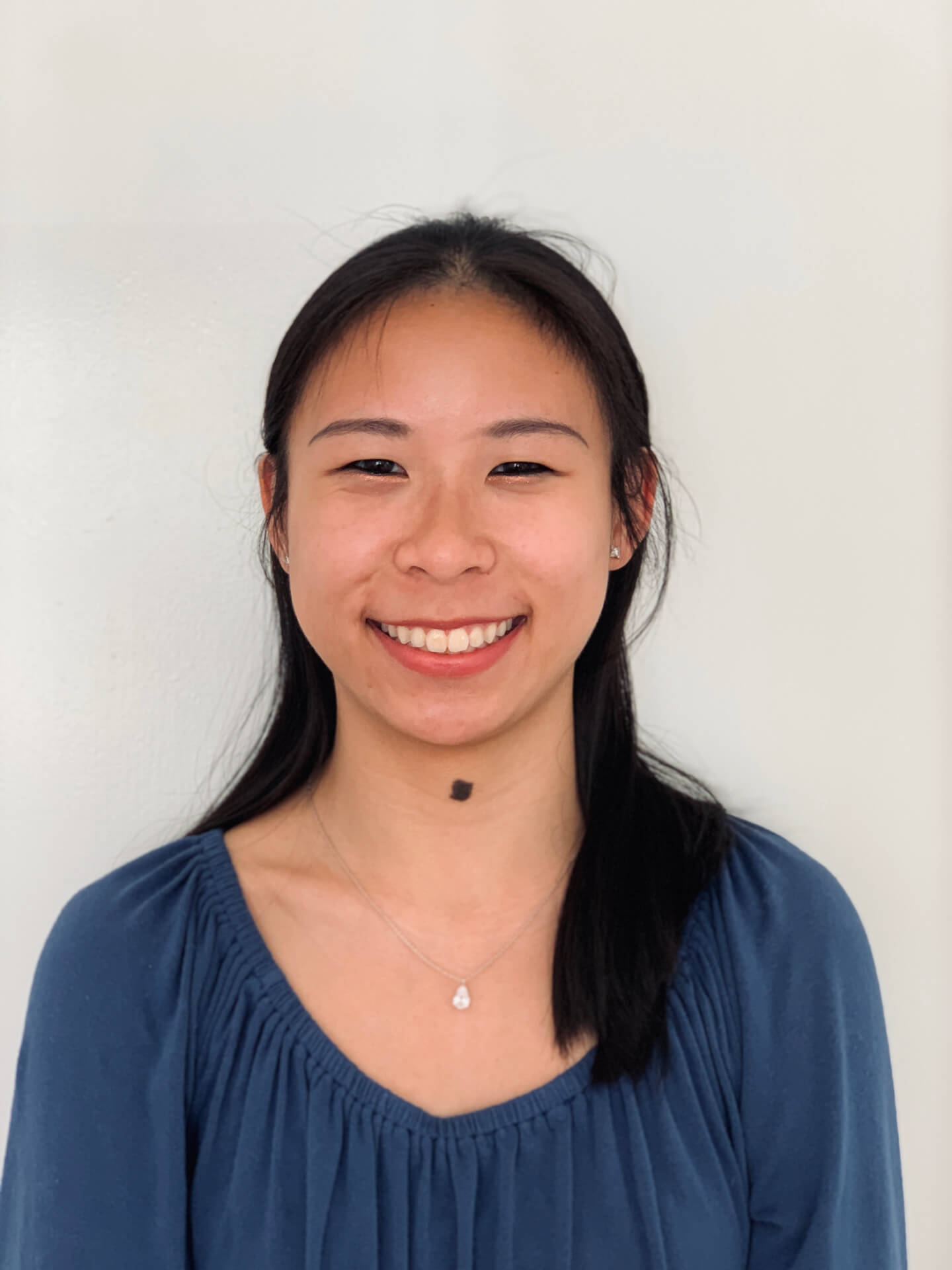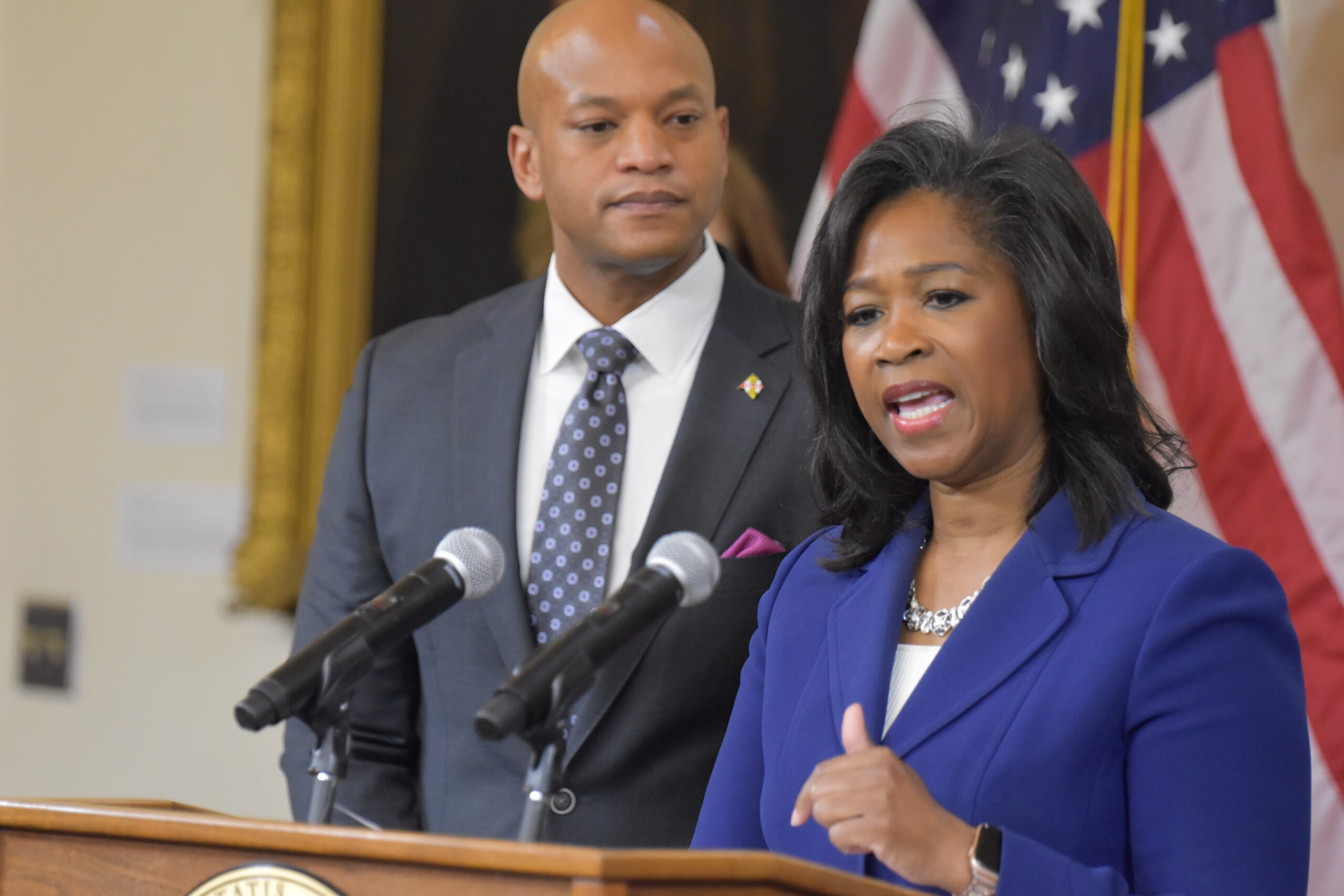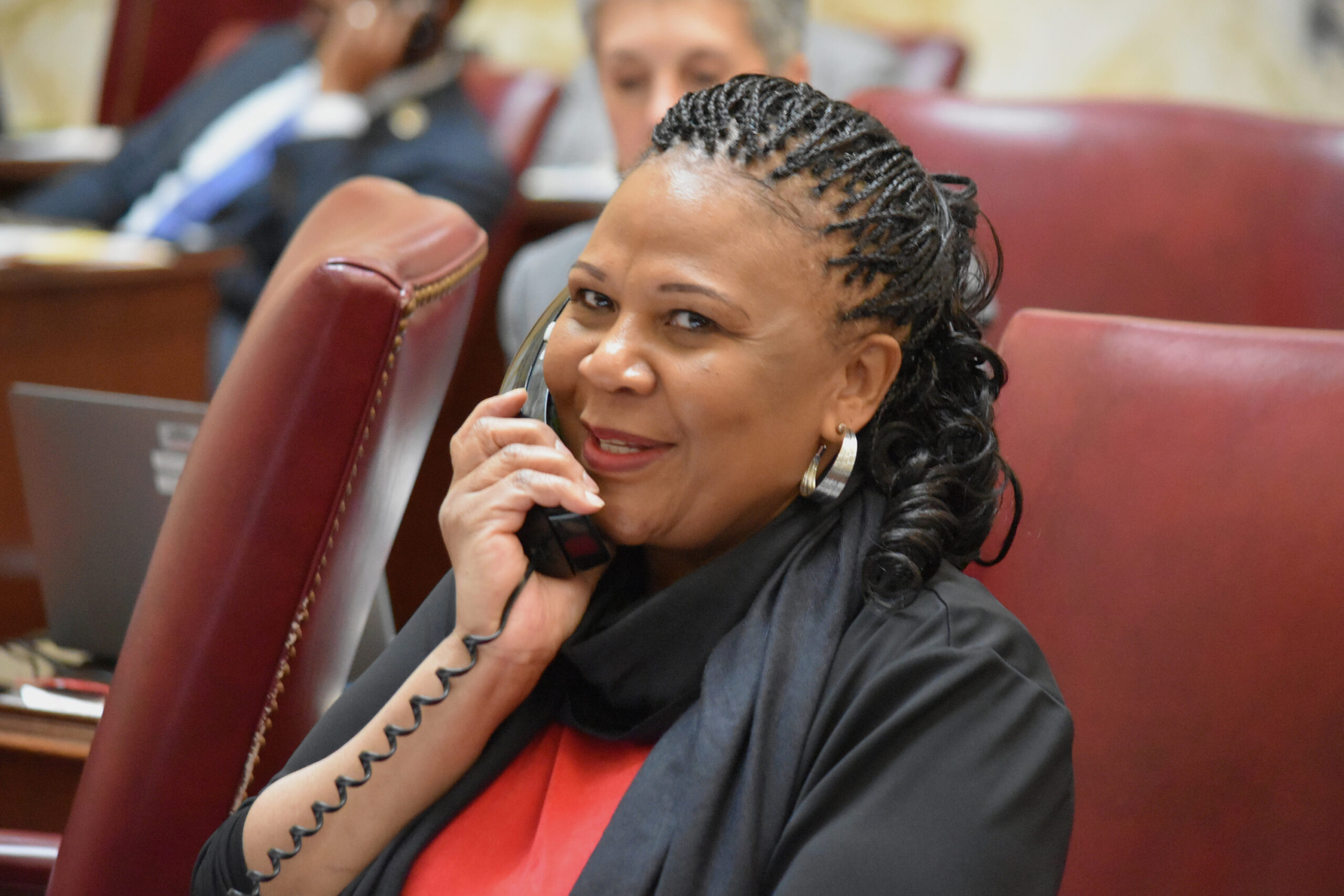What Should Virtual Schools Look Like Post-Pandemic? Lawmakers are Weighing New Rules.

Maryland lawmakers are considering a bill that would establish the “rules of the road” for virtual schools offered by local school districts after the COVID-19 pandemic.
“It’s to have just a plan in place for all of our school systems,” Sen. Paul Pinsky (D-Prince George’s) told the Senate Education, Health and Environmental Affairs Committee on Wednesday.
Pinsky and four additional Democratic senators are sponsoring a bill that would ensure that virtual schools have high-quality course and extracurricular offerings accessible to a diverse student body. It would also require teachers of virtual schools to be employees of the county and caps the number of students from a single school to attend the county’s virtual school to 10%.
This legislation came out of an informal workgroup with two members of the Senate EHEA committee, the Frederick County superintendent, a Harford County principal, a teacher and other education groups, Pinsky said.
When the coronavirus pandemic forced school buildings to shutter, students and teachers rapidly transitioned to remote learning, which initially raised concerns about children’s academic progress and emotional health. But as students flock back to classrooms two years into the pandemic, some parents are pushing school systems to maintain virtual learning options due to health issues, concerns about bullying and other reasons.
Currently, local school systems can only establish one virtual school, but this bill would allow a school system to request a second virtual campus from the Maryland State Department of Education “on a showing of just cause.” Although virtual schools would not have the physical limitations that in-person classrooms have, the bill would require a “comparable” amount of students in virtual classrooms and the curriculum must be at least 60% “synchronous” — when teachers and students meet simultaneously online.
The bill would also preclude local school systems from partnering with for-profit entities for teaching, developing a curriculum and other services in virtual schools. “We don’t want it to be a question of — is it for the kids or for the profit,” Pinsky said.
Sean Johnson, executive director for Maryland State Education Association, warned that without a bill establishing such limitations for virtual schools, for-profit groups may multiply.
“There are some bad actors in this space — we are seeing it in consortium models…that go down this proliferation of for-profit interests,” Johnson said.
Colleen Morris, an educator in Howard County public schools, told the committee that she still has “reservations about the merits of virtual learning,” such as the challenge of connecting with students, but “virtual schools are here to stay” and “creating guardrails that protects students rights to a free and appropriate public education is essential,” she said. The bill precludes educators from teaching virtually and in-person at the same time.
Although supportive of bolstering virtual schools, Pinsky stressed the importance of socialization with diverse students that in-person classrooms offer and said he is concerned with virtual schools “grow[ing] like mushrooms.”
The proposal would require virtual schools to provide students with extracurricular activities similar to those at the public school the student would otherwise attend, as well as food and health care services that are available to students who go to public school in person.
However, John Woolums, the director of governmental relations for Maryland Association of Boards of Education, said it is important to include a “hold harmless provision” in the bill to allow local school systems to continue their virtual programs until the COVID-19 pandemic subsides.
Sen. Mary Washington (D-Baltimore City) said it would be helpful to delineate the difference between a “virtual program” a “virtual school.” A “virtual program” refers to certain classes that are offered online, for example, to career and technical education students who have to go to a job site for some of the day and may not want to come back to school to take a math class, Woolums said.
“You do not want to create a system where a school system says — ‘Oh, well, if we call it a program, we can get away with not following what’s outlined through these guardrails,’” Johnson said.
State Superintendent Mohammed Choudhury submitted written testimony in favor of the bill with amendments, Pinsky said.




 Creative Commons Attribution
Creative Commons Attribution